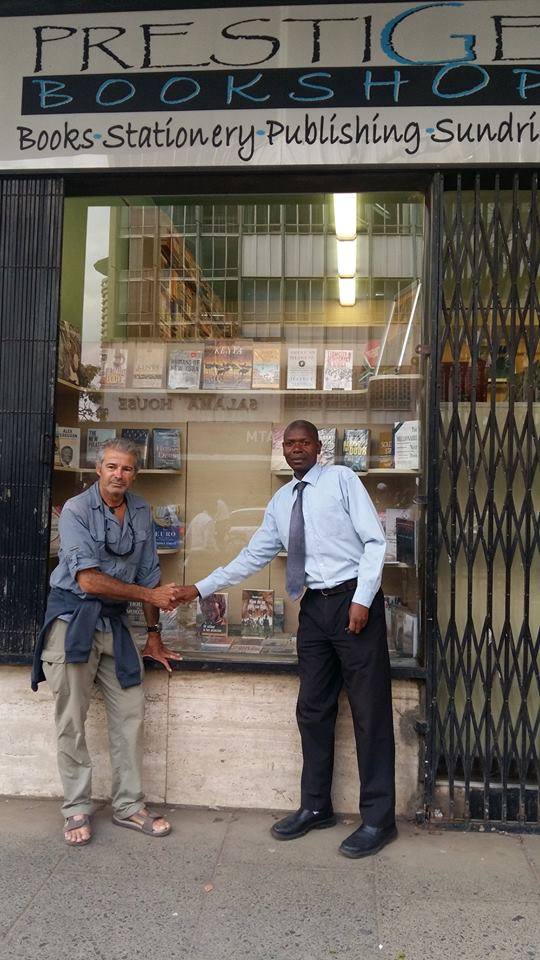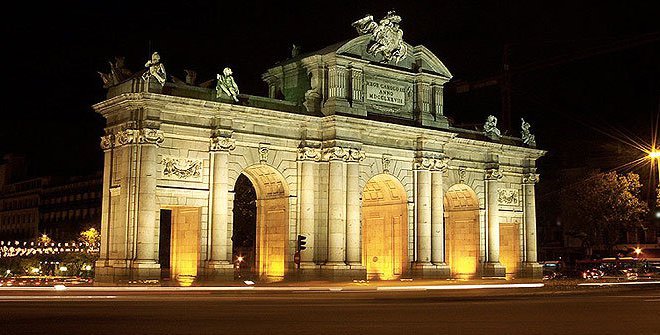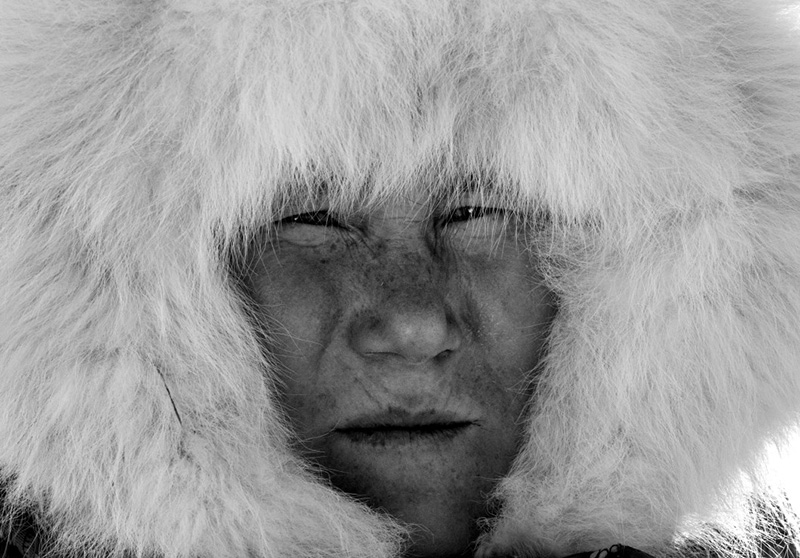ANGOLA TRIBAL – TRIBAL ANGOLA
ANGOLA TRIBAL
Para quienes disfrutamos con la búsqueda de sociedades y culturas al margen de la globalización, Angola es, sin duda, uno de los platos fuertes. Siempre he pensado que hay tres razones principales por las que estos grupos humanos sobreviven al paso de los siglos, conservando su modo ancestral de vida de forma casi inalterable: el entorno (sociedades que perduran protegidas por un ecosistema inhumano, para quienes no estemos adaptado a él), el orgullo (pueblos reacios a cambiar por deseo propio) y las guerras, las cuales aíslan a estas comunidades, privándolas de cualquier contacto con el exterior.
Probablemente, es este el caso de los muhakaona, los mutua, los muhimba, los mumila, los mucubal y todas los grupos tribales que pueblan el sur de Angola. Luchando con una pertinaz sequía, que se prolonga ya durante ocho largos años, estas tribus nos retrotraen a los primeros pobladores de África. Sobre todo en la remota región del Kunene, fronteriza con Namibia, donde los muhakaona y los muhimba se erigen como reyes sin parangón.
Los muhimba (himba, como se les conoce lejos de allí), que habitan aquella remota región de Angola, comparten fisonomía y tradiciones con sus “congéneres” de Namibia; pero, al contrario que aquellos, mucho más acostumbrados a la visita de turistas, en los himba angoleños se percibe un grado más de naturalidad, de atavismo, si se puede llamar así. Alguno diría que son mucho más auténticos, otros que están más asilvestrados – expresión que odio -; a mi forma de ver, son sencillamente más puros, están menos viciados por el contacto exterior; lo notas en el trato, en el mínimo acoso (aunque existe) del que eres objeto a la hora de sacar fotos. Igual que sus vecinos muhakaona, son sencillamente espectaculares. Son los reyes de su mundo; ¡no caigamos una vez más en el error de convertirlos en pordioseros del nuestro!
TRIBAL ANGOLA
For those who, like me, enjoy seeking out cultures beyon globalization, Angola is, no doubt, somewhere to go. I´ve always believed there are three main reasons for these untouched human groups to survive throughout the years: the enviroment (societies protected by an ecosystem, which turns out to be too cruel for those who are not adapted to it), pride (those who have chosen to stay the same) and war (isolated by an armed warfare). Probably this is the case applying to Muhakaona, Mutua, Muhimba, Mumila, Mucubal and every tribe inhabiting the South of Angola. Struggling to survive an eight year long severe drought , these tribes turn out to be the last link with the primary inhabitants of Africa. Mostly those living in the remote Kunene región, bordering Namibia, where Muhakaona and Muhimba still reign.
Those Muhimba (or Himba) settled in Angola share both physical features and tradition with their tribe mates living on the other side of the Kunene river (Namibia); but whereas the Namibian Himbas happen to be used to being visitted by hundreds of tourists every year, the Angolan Himbas turn out to be more natural, let´s say wilder (I hate this word though). For me, they are just purer, untouched. You can see it on they way they interact with you; on the absence of malice, of weariness; because you don´t have to suffer a harassing behavior every time you want to take a picture (you have to deal with a certain level of harassment though, but nothing to do with other parts of Africa). Like their Muhakaona neighbors, they are just spectacular! The Lords of their world! I wouldn´t like them to become the beggars of ours!




